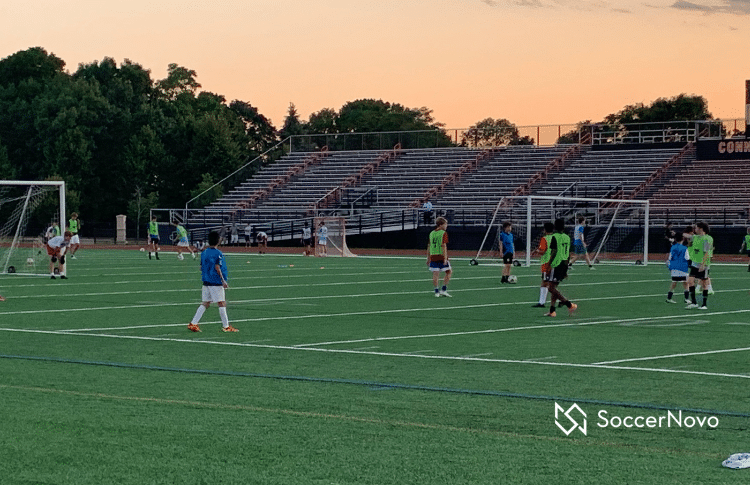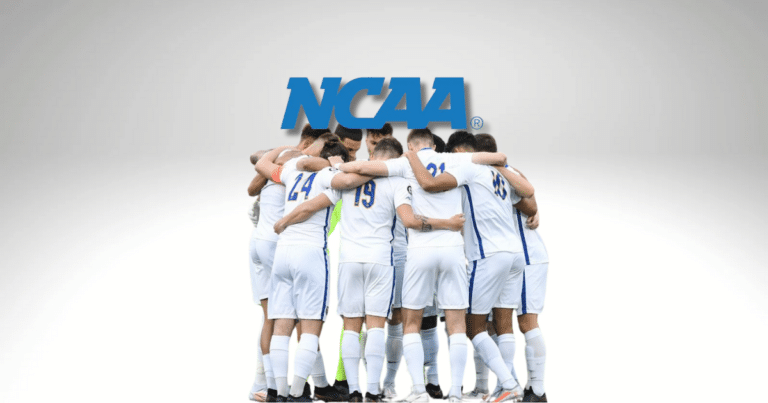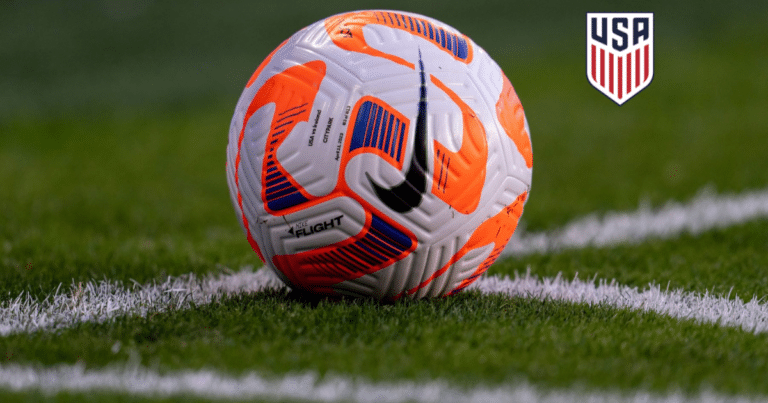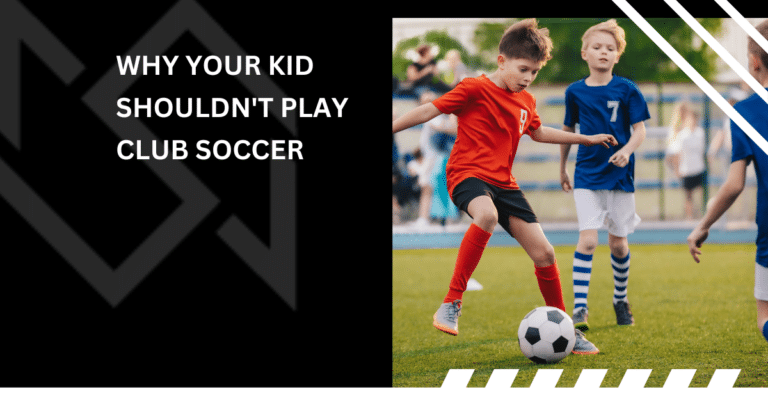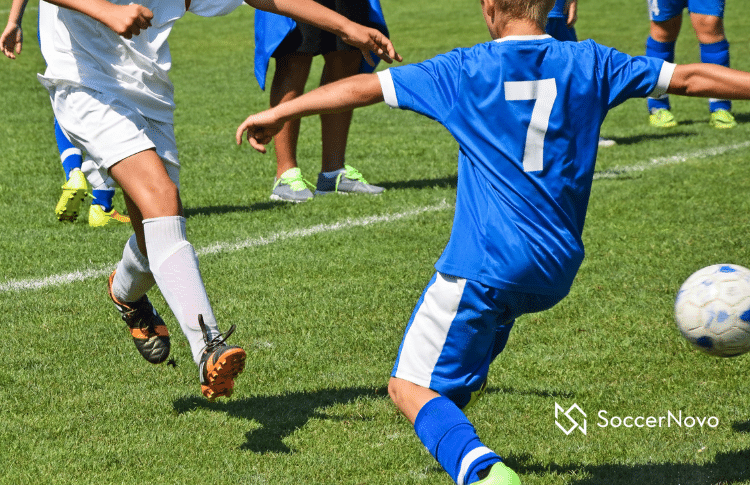Your Guide to Soccer’s Center Forward Position
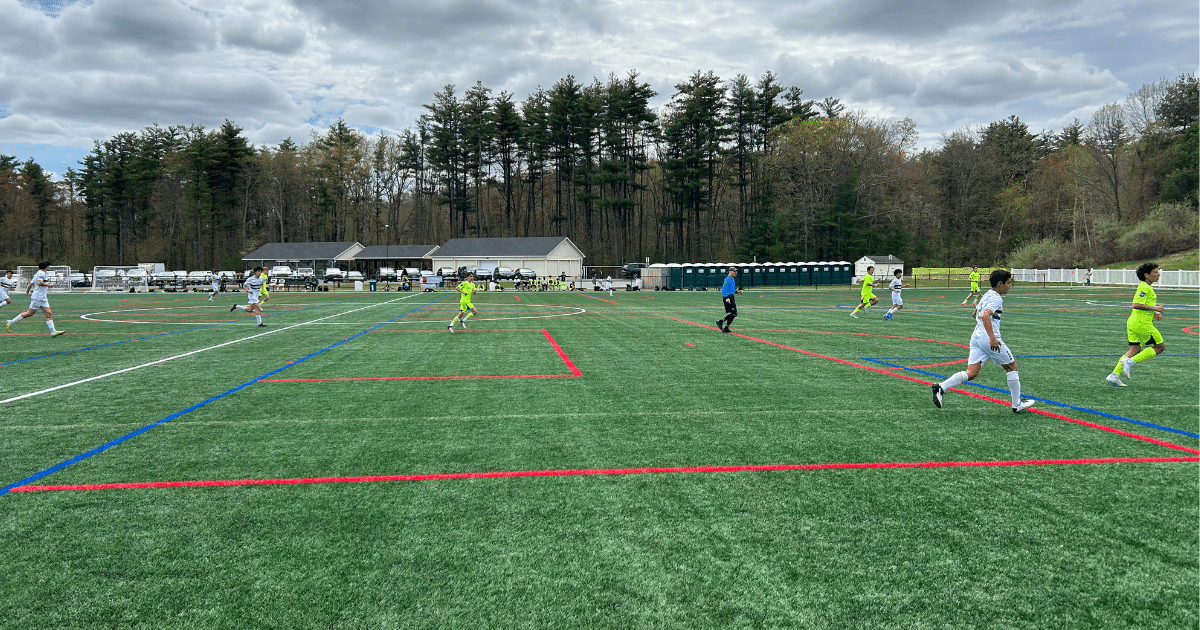
The center forward is soccer’s ultimate goal-scoring specialist, positioned at the heart of the attack and responsible for turning opportunities into celebrations.
TL;DR:
The Modern Center Forward: More Than Just Goals
Gone are the days when being big and strong was enough to play as a center forward.
The modern game demands a complete package – think of it as being a chess player with athletic abilities. You need to think several moves ahead while having the physical tools to execute your plan.
The evolution of the center forward role has made soccer more exciting to watch, as these players now contribute to the overall flow of the game rather than just waiting for service in the box. This is true in both pro and youth soccer.
Essential Skills in Your Arsenal
Think of the center forward as a Swiss Army knife of offensive skills. You’ll need:
The Art of Scoring
Imagine having a sixth sense for where the goal is – that’s what great center forwards develop. They can finish with both feet, their head, and sometimes even pull off the unexpected bicycle kick when needed.
They have a knack for the ball when it’s inside the penalty area. In actuality, most of the goals will come from deflections.
Positional Mastery
It’s like playing hide and seek with defenders, except you’re constantly moving. The best center forwards know exactly where to be, even when they don’t have the ball.
Not only do elite Center Forwards find space in the final third but they also know when to shield or move into open space.
Formation Flexibility
Modern center forwards need to adapt to various formations, from being a lone warrior in a 4-2-3-1 to partnering up in a classic 4-4-2.
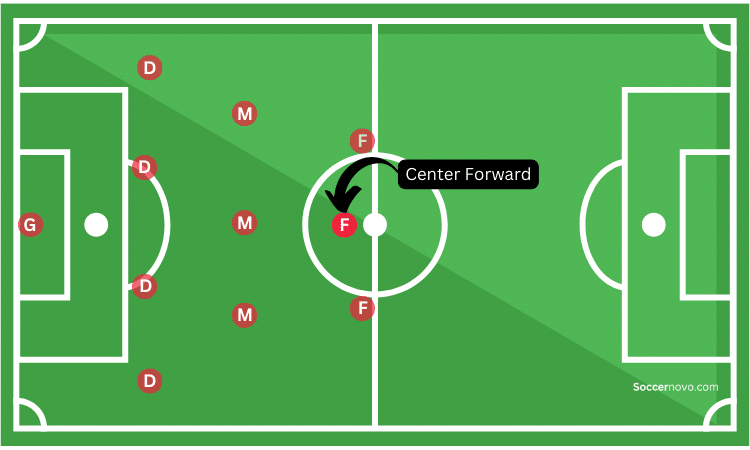
The 4-3-3 formation provides the best balance for modern center forwards, allowing them to combine with wing forwards while maintaining a central presence. The support in this formation can provide more width in the final third.
But, There’s Challenges
Being a center forward isn’t all glory.
You’ll face tight marking, pressure to score, and sometimes go through games with minimal touches on the ball. But that’s what makes those goal-scoring moments even sweeter.
Development Blueprint
The path to becoming a great center forward involves:
- Regular shooting practice from various angles
- Strength training to hold off defenders
- Speed work for those crucial bursts into space
- Mental conditioning to handle pressure
Remember, every great center forward started somewhere. With dedication to training and understanding of the role’s demands, you can develop into the goal-scorer your team needs.

Written By: SoccerNovo
SoccerNovo is an independent youth soccer media brand built to help parents, players, and coaches better understand the game and the pathways available in U.S. soccer. Our mission is to make youth soccer simpler, clearer, and more accessible for everyone involved in it.
Let’s connect


